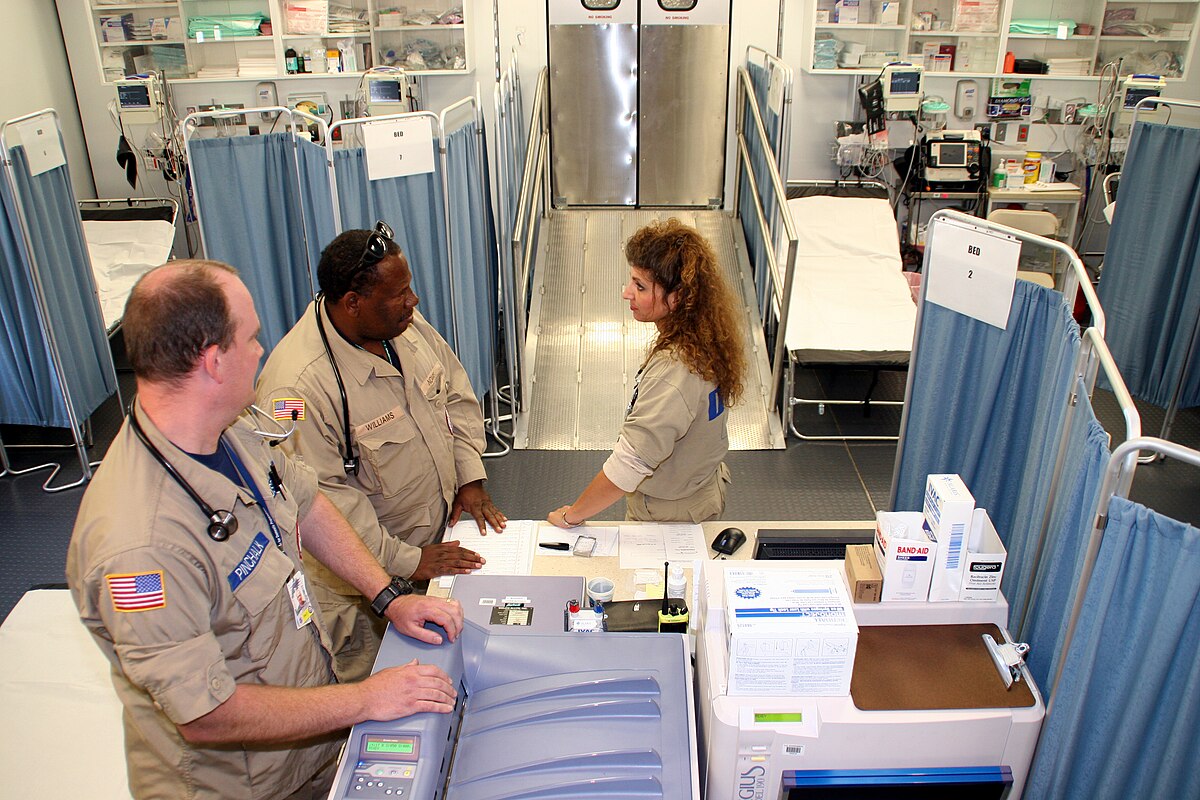On March 13, 2020, Breonna Taylor, a black Kentucky resident, was asleep in her bed when police, using a no-knock warrant, broke into her home looking for drugs and fatally shot her. No drugs were ever found. The killing of Breanna Taylor offers us an opportunity to look critically at the role of the criminal justice system from a sociological perspective.
 The criminal justice system is made up of formal institutions designed to enforce, arbitrate, and carry out the laws of society. These institutions include groups like the police, FBI, Department of Social Services, and Homeland Security, all of which are part of the society’s formal social control, groups, and organizations whose specific function is to control the behavior of members of societies and reinforce social norms. This stands in contrast to informal social control, individuals, and groups that unofficially reinforce social norms, which include groups like your family and friends. While there may be variations from society to society, in the United States, the criminal justice system consists of law enforcement or the police, the courts, and the penal system. Let’s look at each category in turn and consider whether they are working justly in this country.
The criminal justice system is made up of formal institutions designed to enforce, arbitrate, and carry out the laws of society. These institutions include groups like the police, FBI, Department of Social Services, and Homeland Security, all of which are part of the society’s formal social control, groups, and organizations whose specific function is to control the behavior of members of societies and reinforce social norms. This stands in contrast to informal social control, individuals, and groups that unofficially reinforce social norms, which include groups like your family and friends. While there may be variations from society to society, in the United States, the criminal justice system consists of law enforcement or the police, the courts, and the penal system. Let’s look at each category in turn and consider whether they are working justly in this country.
Beginning with law enforcement, there are 18,000 police departments in the United States. The largest is New York City, with over 36,000 uniformed officers. The police are the frontline workers who deal with situations ranging from norm violations and property crimes to terrorism. Note that Brenna Taylor was never involved in any of those behaviors, nor was she accused of being involved in those types of behaviors. She was sleeping. She was in her home, in her bed. That brings up an interesting point. The job of policing involves a great deal of discretion and subjectivity. Officers often choose to act or not act depending on the circumstances of the situation. Not surprisingly, problems can arise when discretion and subjectivity intersect: implicit bias, unconsciously held attitudes, beliefs, and stereotypes about others, prejudice, a preconceived judgment or opinion of other people and races that lead to preferring one kind of person over another, or outright discrimination, unfair or differential treatment of individuals and groups based on race and ethnicity.
The next phase of the criminal justice system is the court system. Through the years, the integrity of the courts in the U.S. has been called into question because of ongoing issues of differential justice, differences in how groups are treated in the criminal justice system. Consider, for example, the cases of 17-year-olds Allen Peters and Jaquavius Sturgis, both of whom were arrested in separate armed robbery cases in Lee County, Florida. Fundamentally, their cases were identical. Peters was accused of stealing $500, Sturgis $300. They both committed three crimes as juveniles. In the case of the armed robbery, both men plea-bargained or agreed to plead guilty in exchange for a lesser sentence. Both men had the same judge, Edward Volz Jr. The same age. The same crime. Identical backgrounds. Peters, who is White, was sentenced to probation. Sturgis, who is Black, was sentenced to four years in prison. Examples of differential justice can be found across the criminal justice system. When the grand jury in the Brenna Taylor case refused to charge any of the police officers in her death, the public could not help but question whether things would have been different if she wasn’t Black.

The penal system is commonly known as the prison system and includes jails, prisons, reformatories, and halfway houses. Historically, the demographics of these institutions have not reflected the demographics of the country. In 2017, the United States was 60% White, 16% Hispanic, and 12% Black. Yet, the prison makeup was 33% Black, 30% White, and 23% Hispanic. These numbers are not necessarily a reflection of Blacks committing more crimes. The numbers are more nuanced and multifaceted than that. Sadly, this blog does not offer enough space to unpack the broader social history behind these numbers. Suffice it to say that these numbers have been impacted by institutional racism, societal patterns that produce negative treatment against groups of people based on their race. Additionally, institutional discrimination, the use of social institutions to deny minority group members access to the benefits of society, and white privilege, an invisible package of unearned assets held by Whites, must also be considered.
When analyzing the discrepancy between the ideal of what the criminal justice system should be and the reality for Brenna Taylor and others like her, one is left to wonder if it isn’t equal justice for all, is it really justice for anyone?
Thompson is a co-owner of UITAC Publishing. UITAC’s mission is to provide high-quality, affordable, and socially responsible online course materials.
Images used in this blog:
- “People Protesting Justice for Breonna Taylor” by Ariel Knox is licensed on Pexels. This image has not been altered.
- “a barbed wire fence” by engin akyurt is licensed on Unsplash. This image has not been altered.




